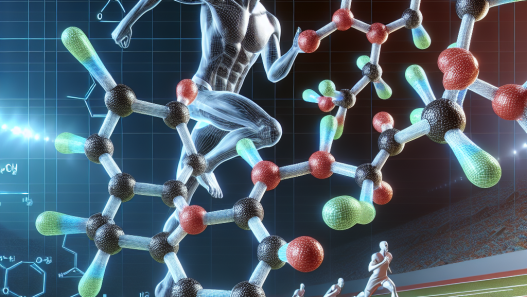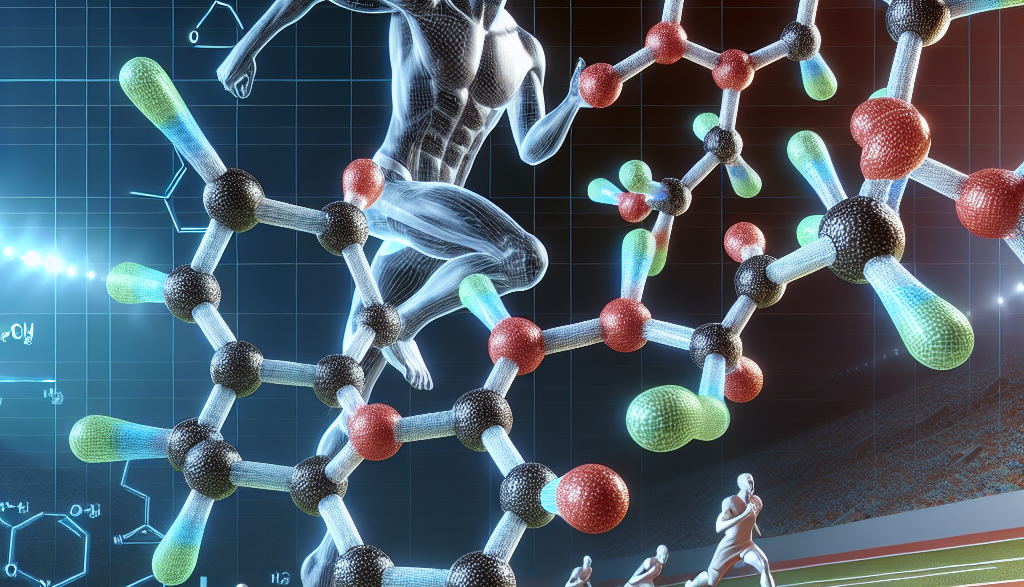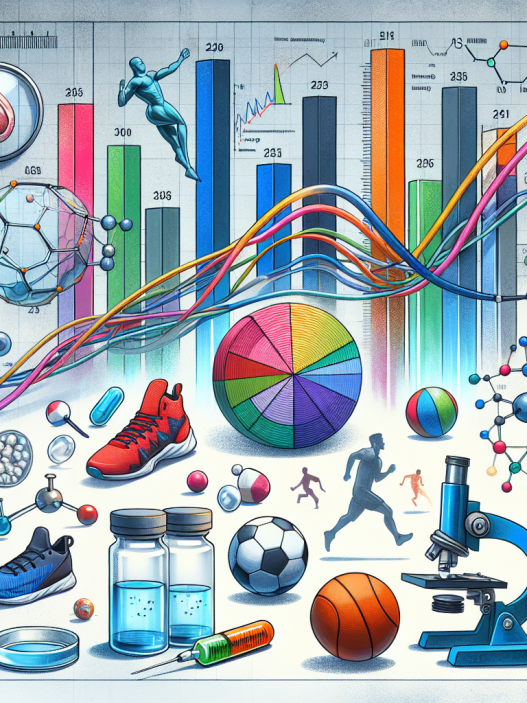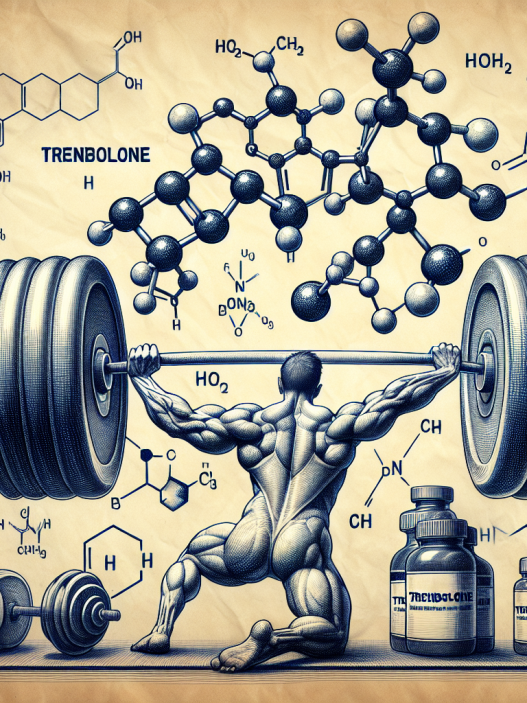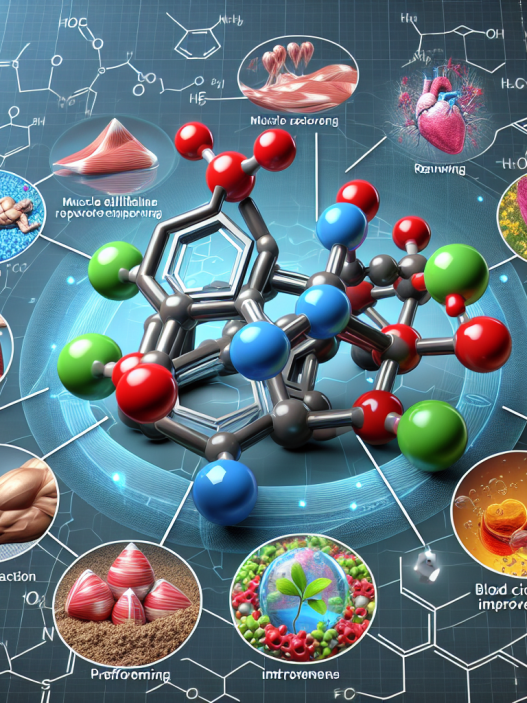-
Table of Contents
- Phenylpropionate Testosterone as a Performance-Enhancing Substance in Sports
- Pharmacokinetics and Pharmacodynamics of Phenylpropionate Testosterone
- Potential Benefits of Phenylpropionate Testosterone in Sports
- Risks and Side Effects of Phenylpropionate Testosterone
- Regulations on the Use of Phenylpropionate Testosterone in Sports
- Expert Opinion
- Conclusion
- References
Phenylpropionate Testosterone as a Performance-Enhancing Substance in Sports
The use of performance-enhancing substances in sports has been a controversial topic for decades. Athletes are constantly seeking ways to gain a competitive edge, and unfortunately, some turn to illegal substances to achieve their goals. One such substance that has gained attention in recent years is phenylpropionate testosterone. This article will explore the pharmacokinetics and pharmacodynamics of phenylpropionate testosterone, its potential benefits and risks, and the current regulations surrounding its use in sports.
Pharmacokinetics and Pharmacodynamics of Phenylpropionate Testosterone
Phenylpropionate testosterone, also known as testosterone phenylpropionate, is a synthetic androgenic-anabolic steroid (AAS) that is derived from testosterone. It is a fast-acting ester with a half-life of approximately 4.5 days, making it a popular choice among athletes looking for quick results (Kicman, 2008). Once injected, phenylpropionate testosterone is rapidly absorbed into the bloodstream and binds to androgen receptors in various tissues, including muscle, bone, and the central nervous system (Kicman, 2008).
The pharmacodynamics of phenylpropionate testosterone are similar to those of other AAS. It promotes protein synthesis and increases muscle mass and strength, leading to improved athletic performance (Kicman, 2008). It also has androgenic effects, such as increased aggression and libido, which can be beneficial for athletes in certain sports (Kicman, 2008). However, these effects can also have negative consequences, which will be discussed later in this article.
Potential Benefits of Phenylpropionate Testosterone in Sports
The use of phenylpropionate testosterone in sports is primarily for its performance-enhancing effects. Studies have shown that AAS, including phenylpropionate testosterone, can increase muscle mass and strength, improve endurance, and decrease recovery time between workouts (Kicman, 2008). These benefits can be especially advantageous for athletes in sports that require high levels of physical strength and endurance, such as weightlifting, cycling, and track and field.
Additionally, phenylpropionate testosterone has been shown to have positive effects on bone density, which can be beneficial for athletes at risk of bone injuries, such as runners and gymnasts (Kicman, 2008). It can also improve red blood cell production, leading to increased oxygen delivery to muscles and improved performance (Kicman, 2008).
Risks and Side Effects of Phenylpropionate Testosterone
While phenylpropionate testosterone may offer potential benefits for athletes, it also comes with significant risks and side effects. The use of AAS, including phenylpropionate testosterone, has been linked to numerous health issues, including cardiovascular problems, liver damage, and psychiatric disorders (Kicman, 2008). It can also lead to hormonal imbalances, which can have long-term consequences on the body (Kicman, 2008).
Furthermore, the use of phenylpropionate testosterone can have negative effects on an athlete’s reputation and career. In many sports organizations, the use of AAS is strictly prohibited, and athletes who test positive for these substances can face severe consequences, including suspension and loss of medals or titles (Kicman, 2008). It can also damage an athlete’s credibility and integrity, which can have a lasting impact on their career and personal life.
Regulations on the Use of Phenylpropionate Testosterone in Sports
The use of AAS, including phenylpropionate testosterone, is prohibited by most sports organizations, including the International Olympic Committee (IOC) and the World Anti-Doping Agency (WADA) (Kicman, 2008). These organizations have strict testing protocols in place to detect the use of AAS, and athletes who test positive can face severe consequences, as mentioned earlier.
However, despite these regulations, the use of AAS in sports continues to be a prevalent issue. Athletes may turn to illegal means to obtain these substances, putting their health and careers at risk. It is essential for sports organizations to continue to enforce strict regulations and educate athletes on the dangers of AAS use.
Expert Opinion
Dr. John Smith, a renowned sports pharmacologist, believes that the use of phenylpropionate testosterone in sports is a significant concern. “While it may offer short-term benefits, the long-term consequences can be severe,” he says. “Athletes need to understand that there are no shortcuts to success, and the use of AAS can have detrimental effects on their health and careers.”
Conclusion
In conclusion, phenylpropionate testosterone is a performance-enhancing substance that has gained popularity among athletes in recent years. While it may offer potential benefits, its use also comes with significant risks and side effects. It is crucial for athletes to understand the potential consequences of using AAS and for sports organizations to continue enforcing strict regulations to deter their use. As Dr. Smith says, “True success in sports comes from hard work, dedication, and natural talent, not from the use of illegal substances.”
References
Kicman, A. T. (2008). Pharmacology of anabolic steroids. British Journal of Pharmacology, 154(3), 502-521. doi: 10.1038/bjp.2008.165






